There’s something magical about walking down a street where ancient trees form a natural cathedral overhead. These leafy corridors slow down time, filter harsh sunlight into dappled patterns, and remind us that cities can be beautiful when nature and architecture work together.
Some of the world’s most enchanting streets owe their charm not to grand buildings or fancy shops, but to the towering trees that have watched over them for decades or even centuries. Whether you’re seeking shade on a hot afternoon or simply want to experience urban beauty at its finest, these tree-lined thoroughfares offer perfect escapes from ordinary city life.
Here are 17 streets where wandering becomes an art form.
Rua Gonçalo de Carvalho, Brazil
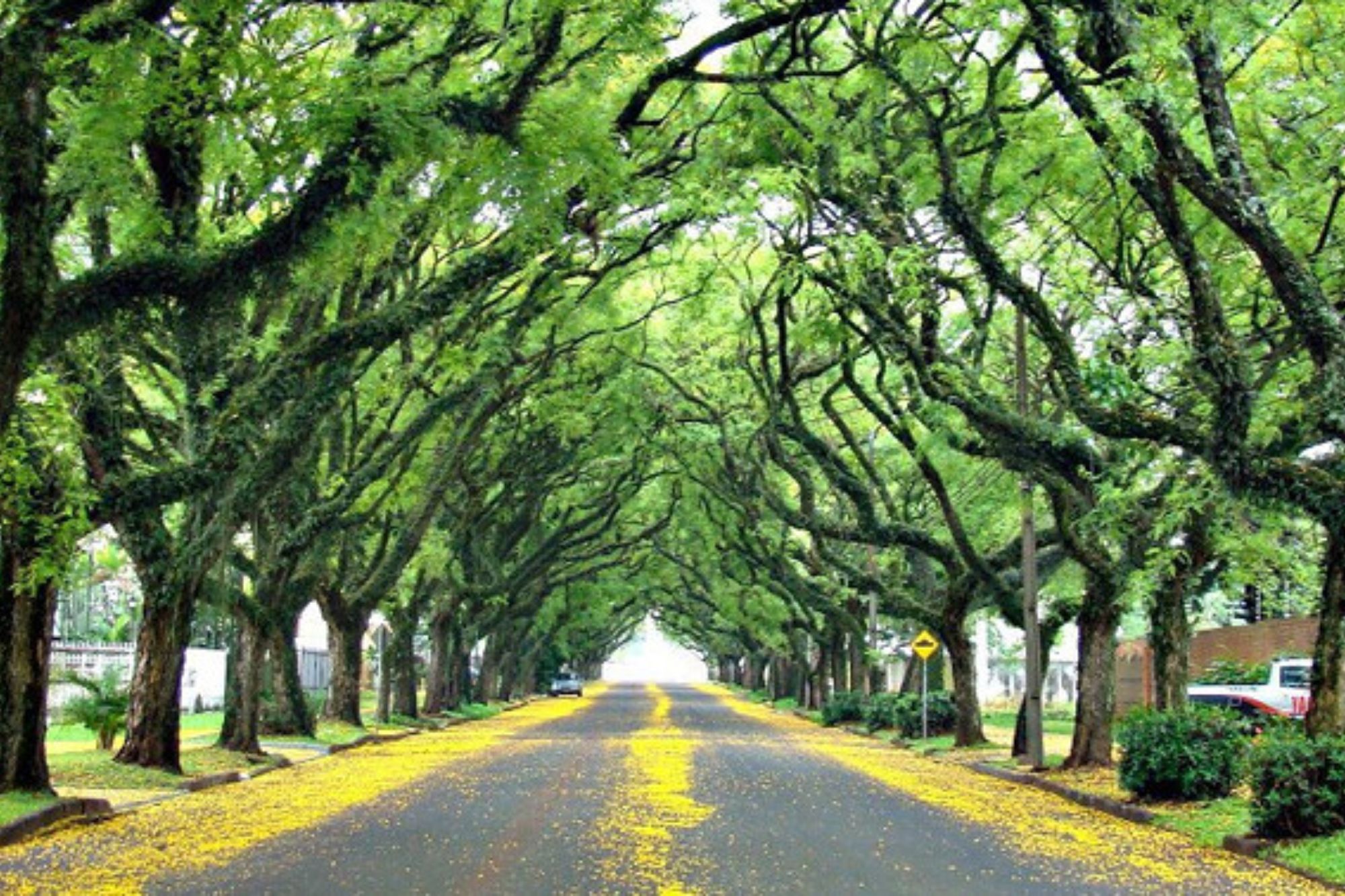
This tunnel of fig trees in Porto Alegre creates one of the world’s most spectacular urban canopies. Over 100 trees planted in the 1930s now form a continuous green roof that completely covers three blocks of street.
Local environmental groups fought hard to protect these giants from development, and their efforts paid off when the street was officially declared a historical and ecological heritage site.
Unter den Linden, Germany
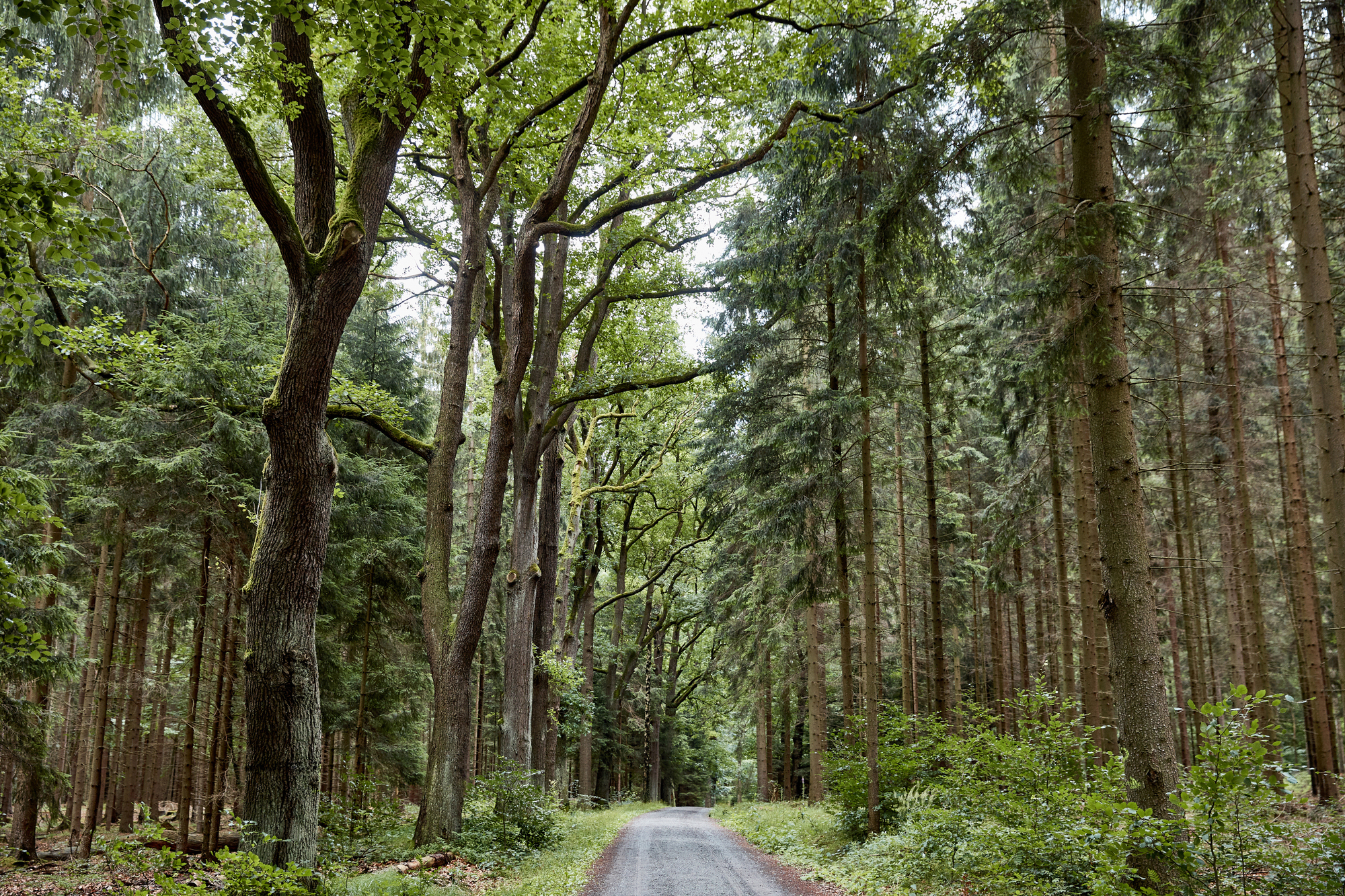
Berlin’s most famous boulevard gets its name from the linden trees that have lined this historic avenue for over 350 years. The original trees were planted on the orders of Friedrich Wilhelm, the Great Elector, who wanted a grand approach to his hunting grounds.
Today’s trees are the descendants of those original plantings, having survived wars, political upheaval, and the division of the city itself.
Plane Tree Tunnel, Northern Ireland
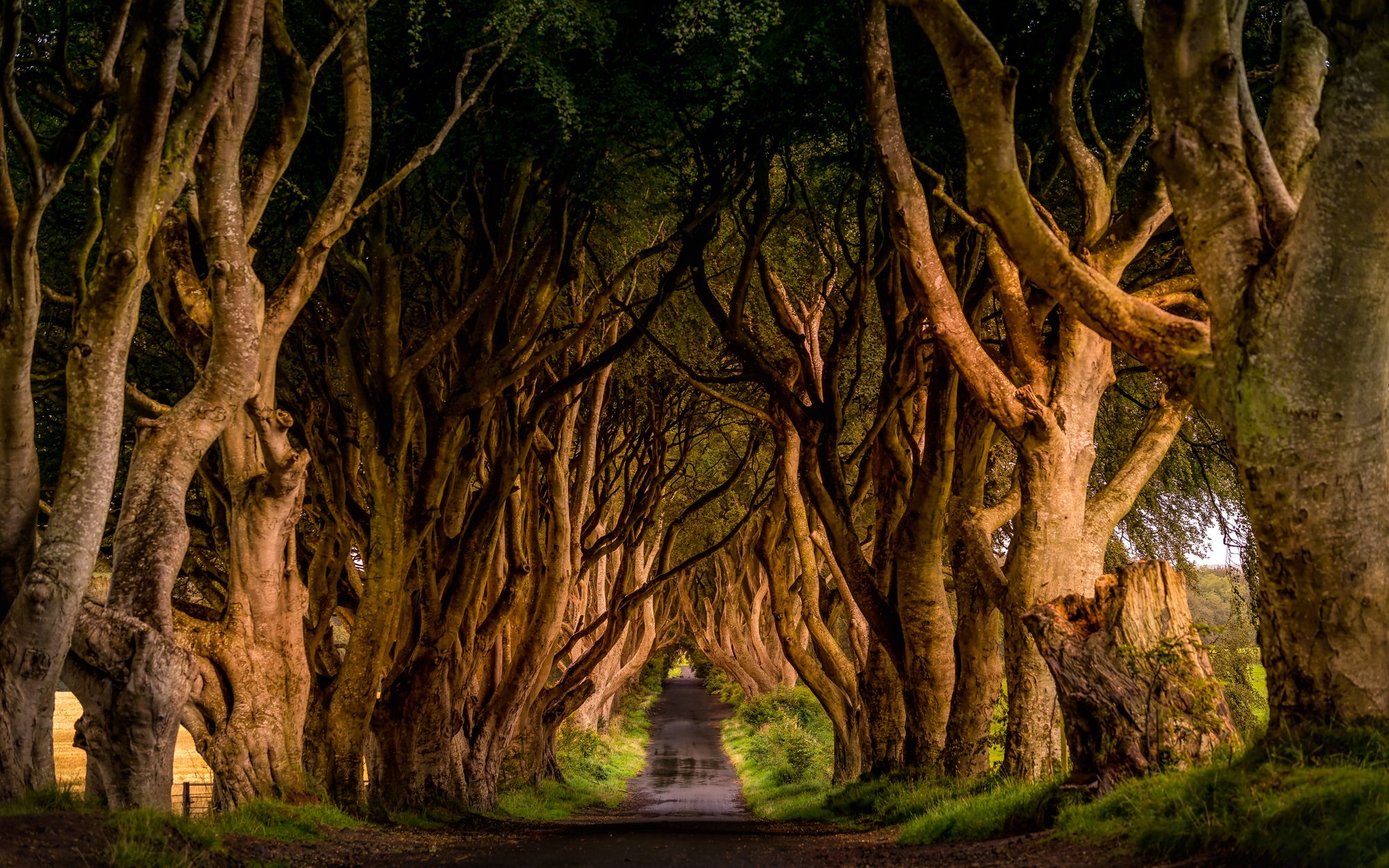
The Dark Hedges near Ballymoney became famous as the Kingsroad in Game of Thrones, but these beech trees have been creating drama since the 1750s. The Stuart family planted them as a grand entrance to their estate, never imagining they’d become one of Ireland’s most photographed natural attractions.
The intertwining branches create an almost otherworldly atmosphere that changes dramatically with each season.
Like Travel Pug’s content? Follow us on MSN.
Jacaranda Street, Australia
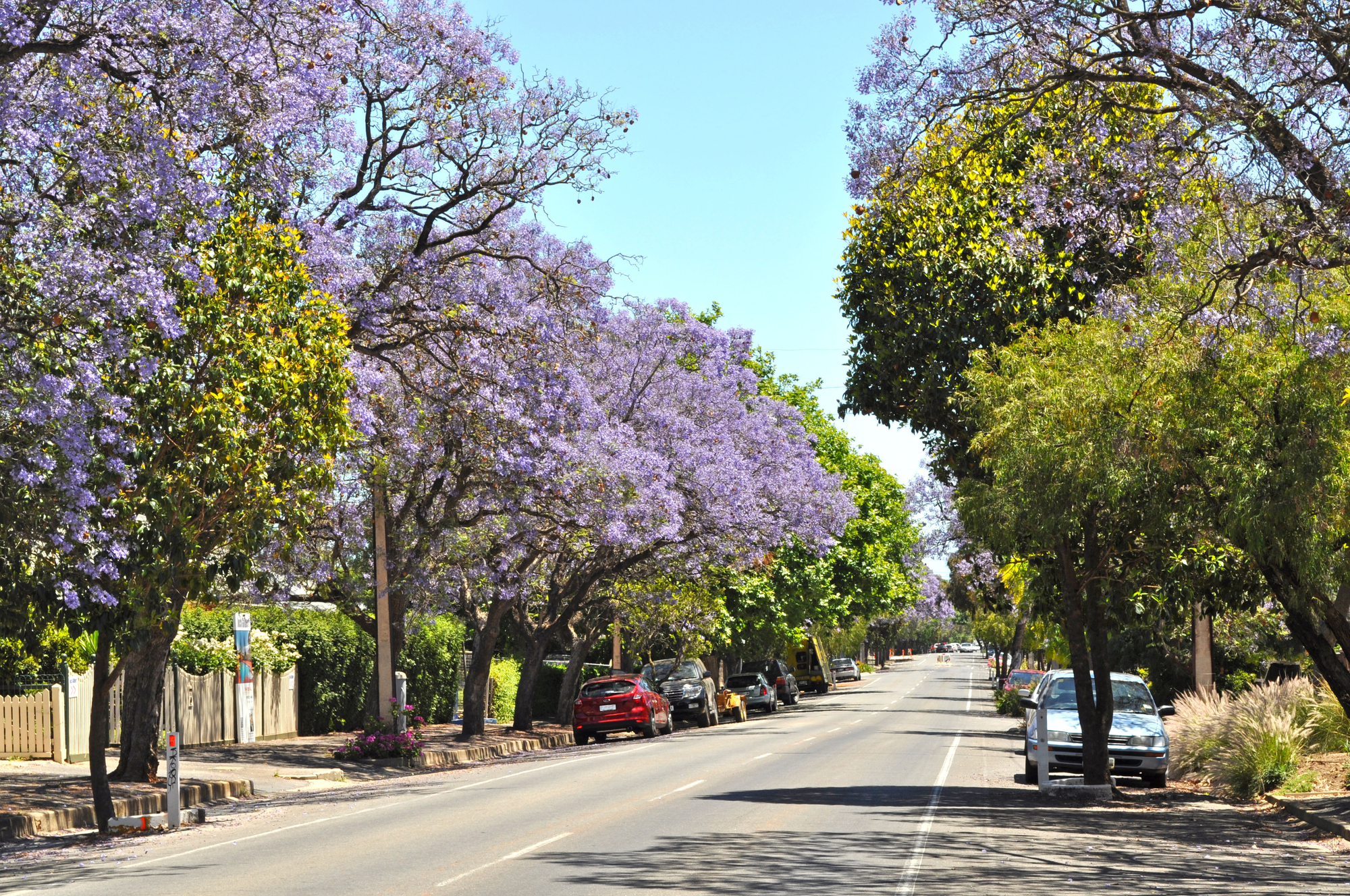
During spring in Grafton, New South Wales, the entire city transforms into a purple paradise when thousands of jacaranda trees burst into bloom. The main shopping district becomes a floral tunnel that draws visitors from across Australia for the annual Jacaranda Festival.
These South American natives have made themselves so at home that locals consider them honorary Aussies.
Philosopher’s Path, Japan
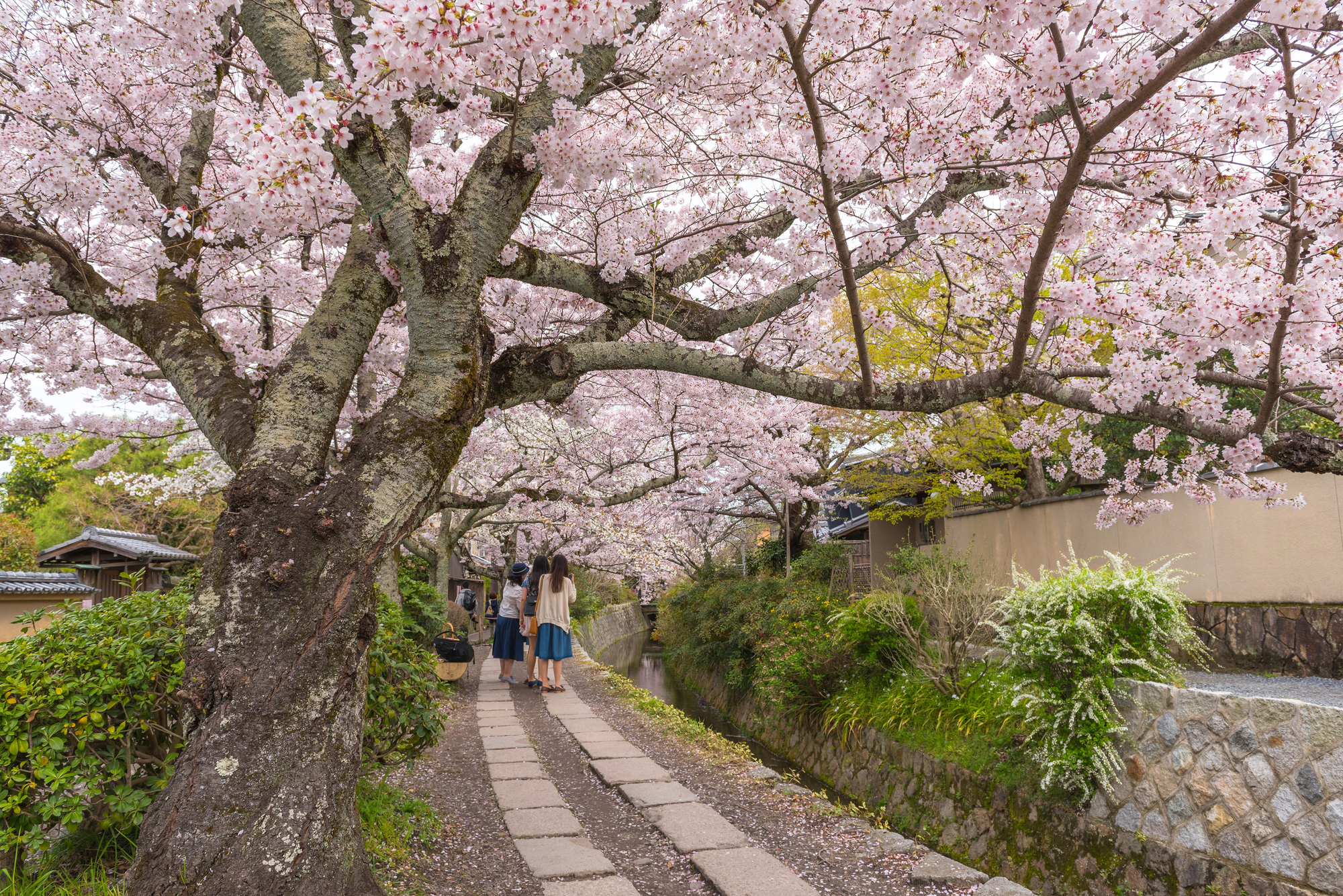
This stone walkway in Kyoto follows a canal lined with hundreds of cherry trees that create one of Japan’s most beloved hanami spots. The path connects several temples and gets its name from philosopher Nishida Kitaro, who used it for daily meditation walks.
When the petals fall, they carpet the water in pink, creating a scene so perfect it seems almost artificial.
Tunnel of Love, Ukraine
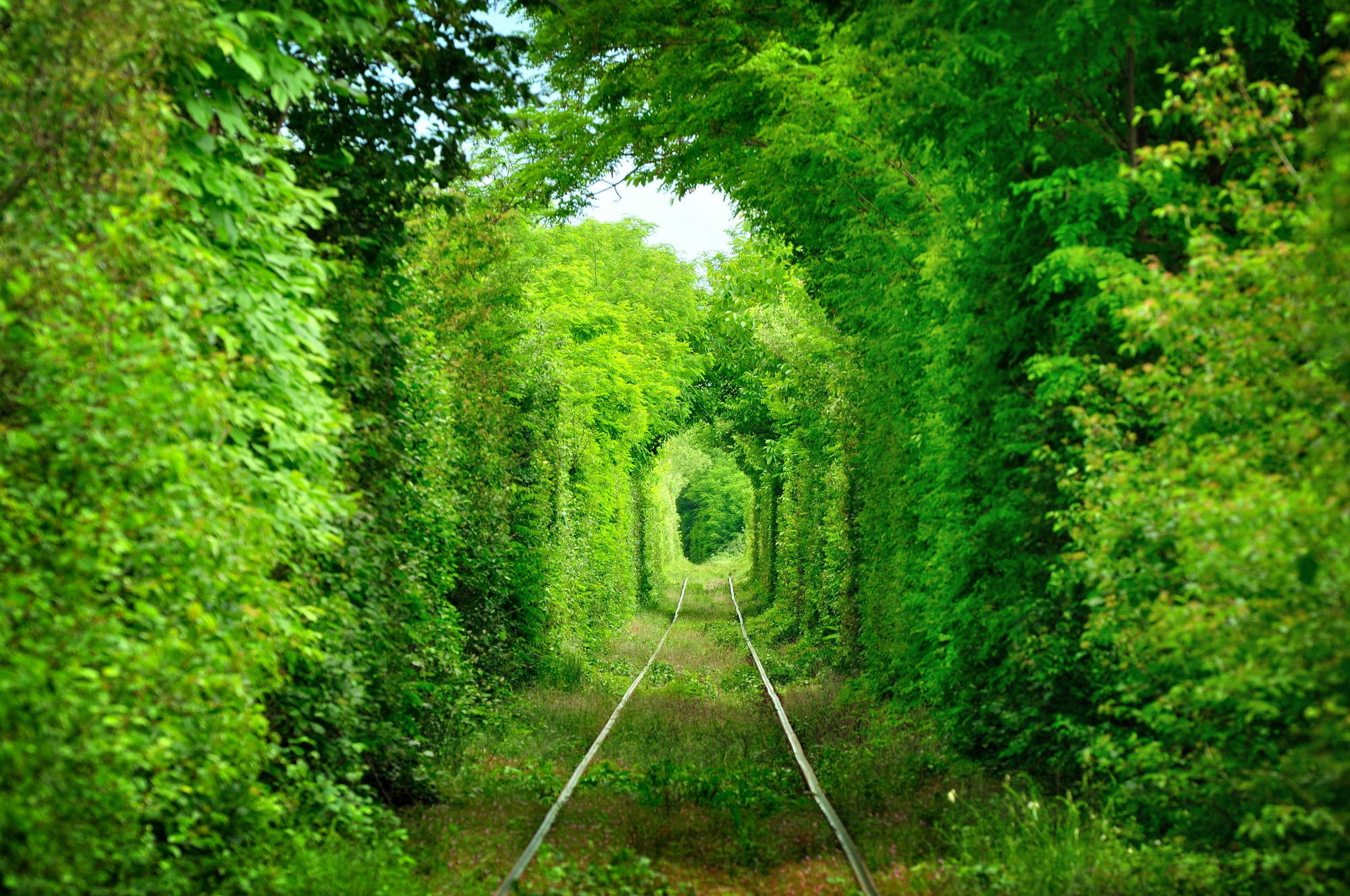
Near Klevan, a railway line passes through a tunnel formed by intertwining trees that naturally grew over the abandoned tracks. Local legend claims that couples who walk through this green archway together will have their wishes granted, making it a popular destination for romantic proposals.
The trees change the tunnel’s character with each season, from fresh green in spring to golden amber in autumn.
Like Travel Pug’s content? Follow us on MSN.
Lombard Street, United States
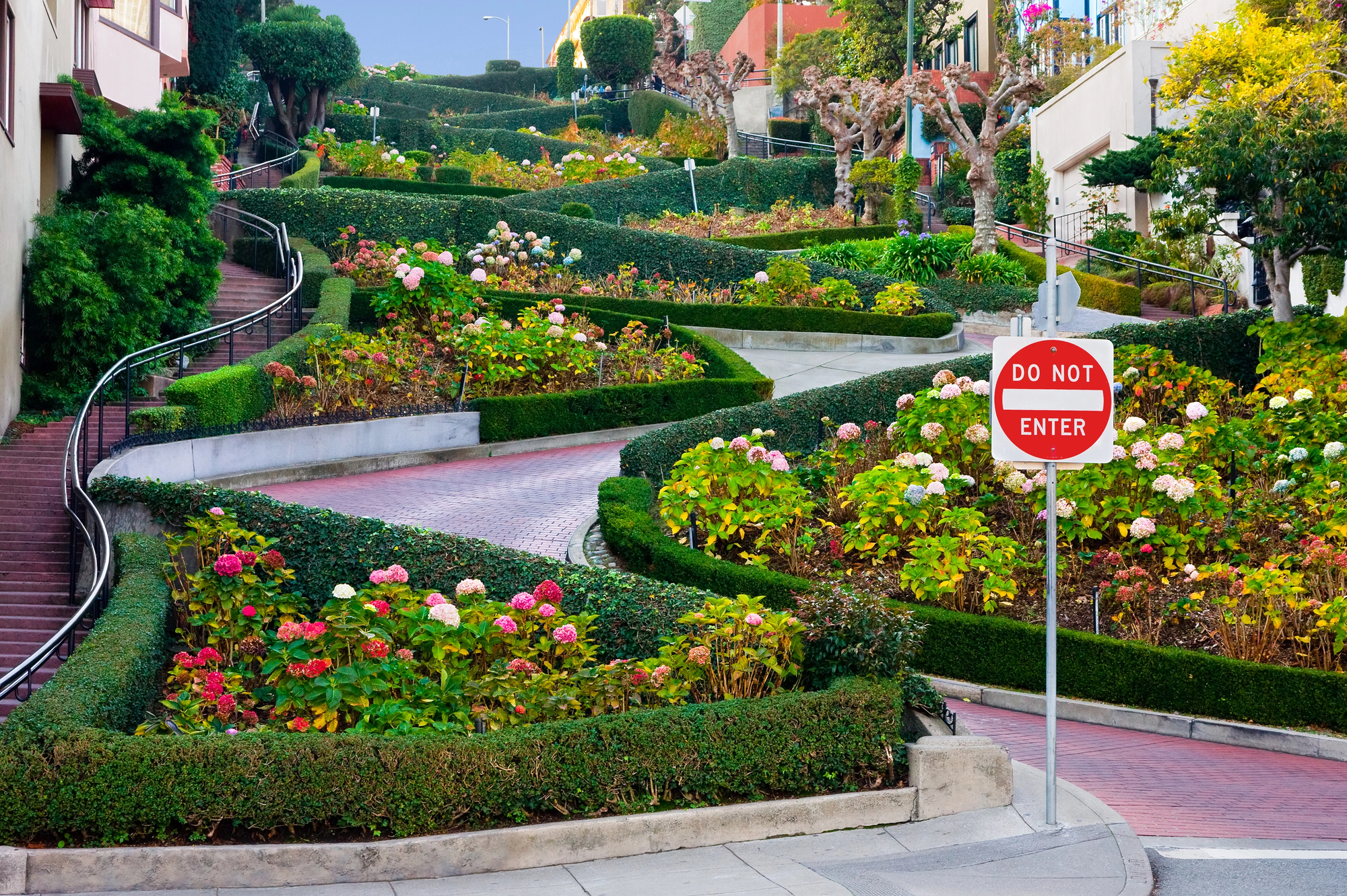
San Francisco’s ‘most crooked street’ gets much of its charm from the hydrangeas and other flowering plants that line its famous hairpin turns. The landscaping was added in the 1920s to make the steep gradient more manageable for cars, but it also created one of America’s most photographed streets.
The flowers bloom in different colors throughout the year, keeping the street looking fresh and vibrant.
Halnaker Tree Tunnel, England
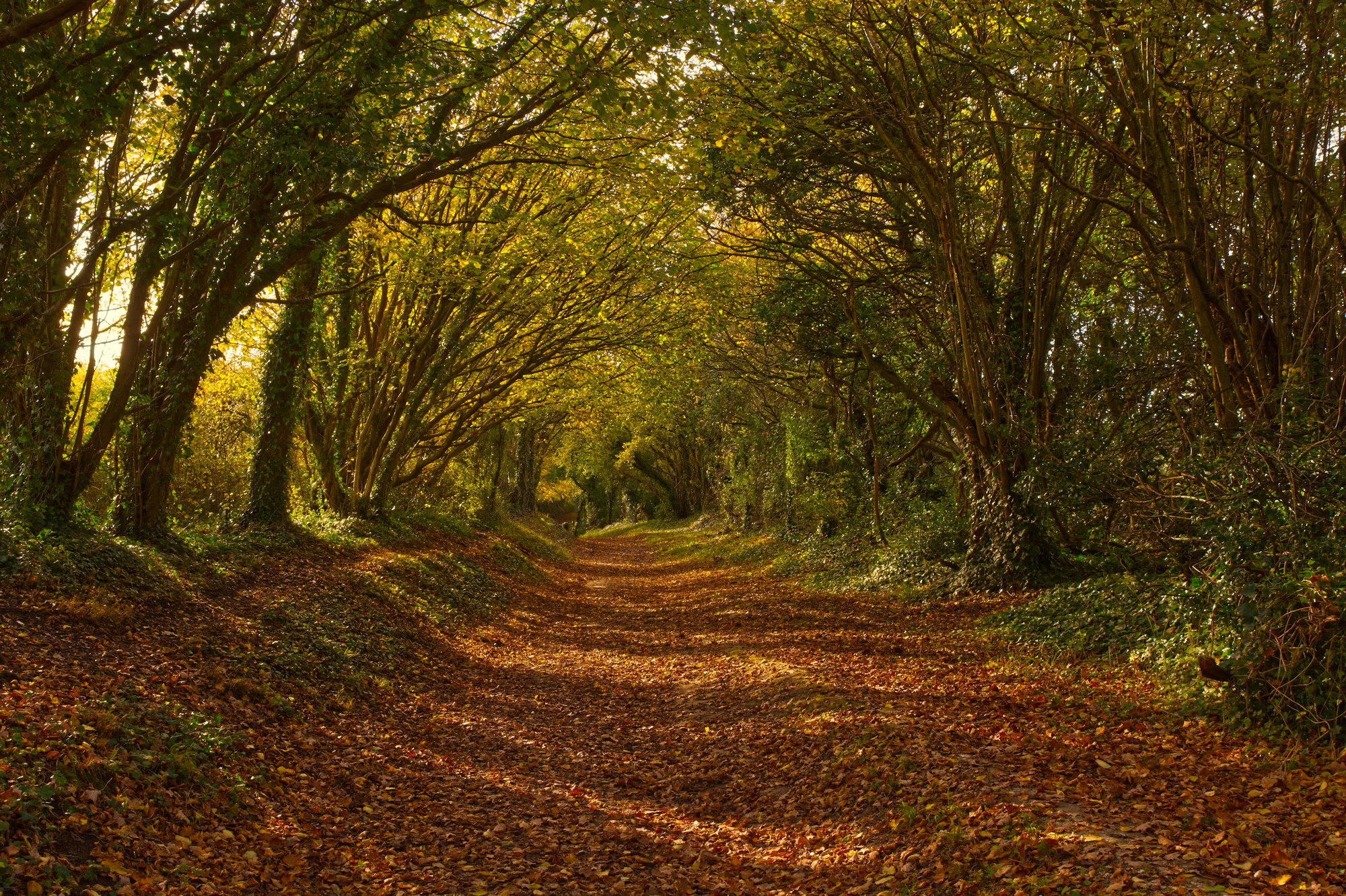
This beech tree tunnel in West Sussex was planted in the 18th century as a grand approach to Halnaker House. The trees have grown together over the centuries to form a natural arch that extends for nearly half a mile.
Local photographers flock here during autumn when the leaves turn golden, creating a scene that looks straight out of a fairy tale.
Royal Poinciana Way, United States
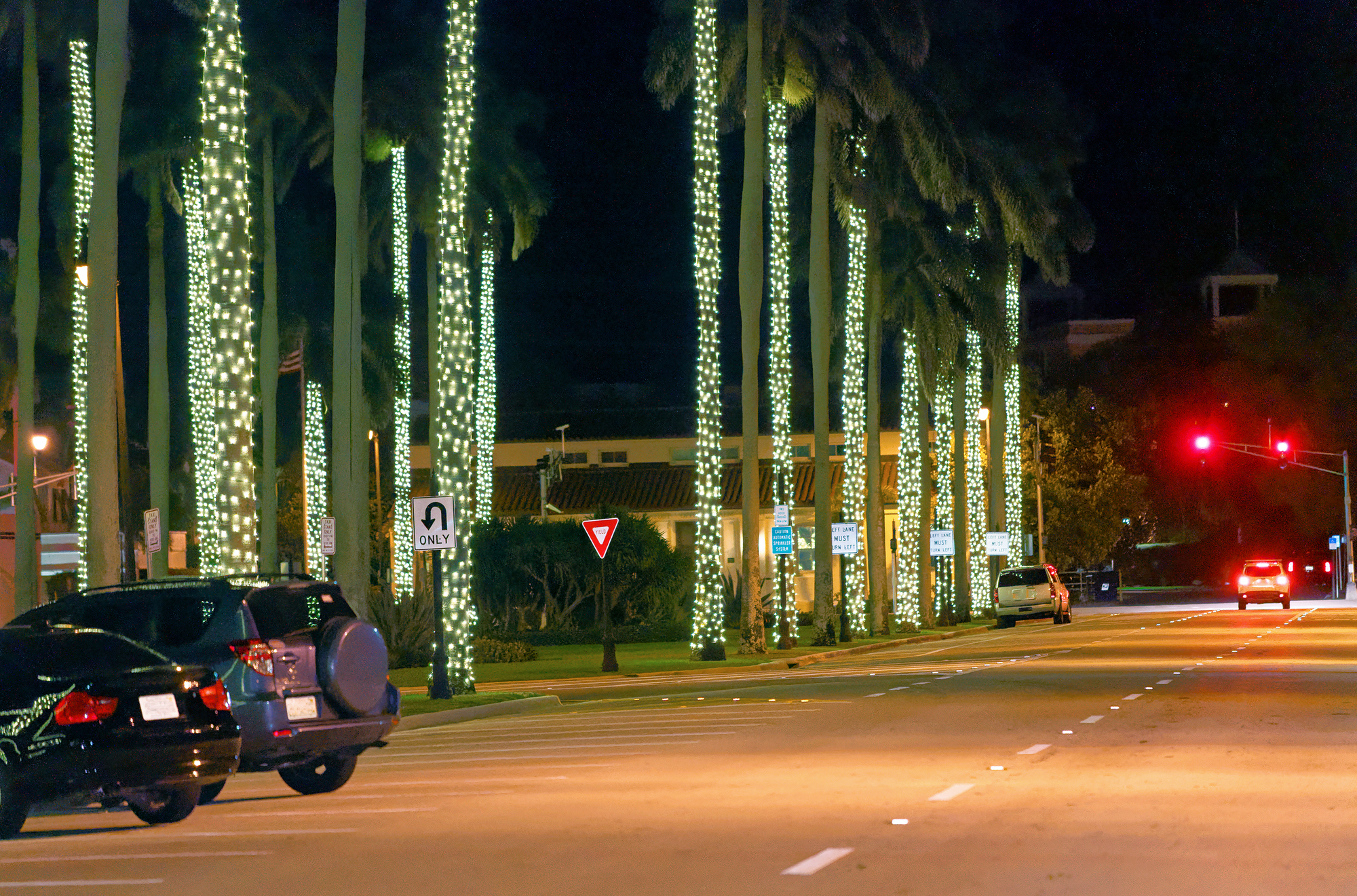
Palm Beach’s most elegant street features royal poinciana trees that explode in brilliant orange-red flowers during late spring and early summer. These Madagascar natives were planted in the early 1900s when Henry Flagler was developing Palm Beach as a winter playground for America’s wealthy elite.
The flowering season is brief but spectacular, turning the entire street into a fiery canopy.
Like Travel Pug’s content? Follow us on MSN.
Platanus Avenue, Argentina
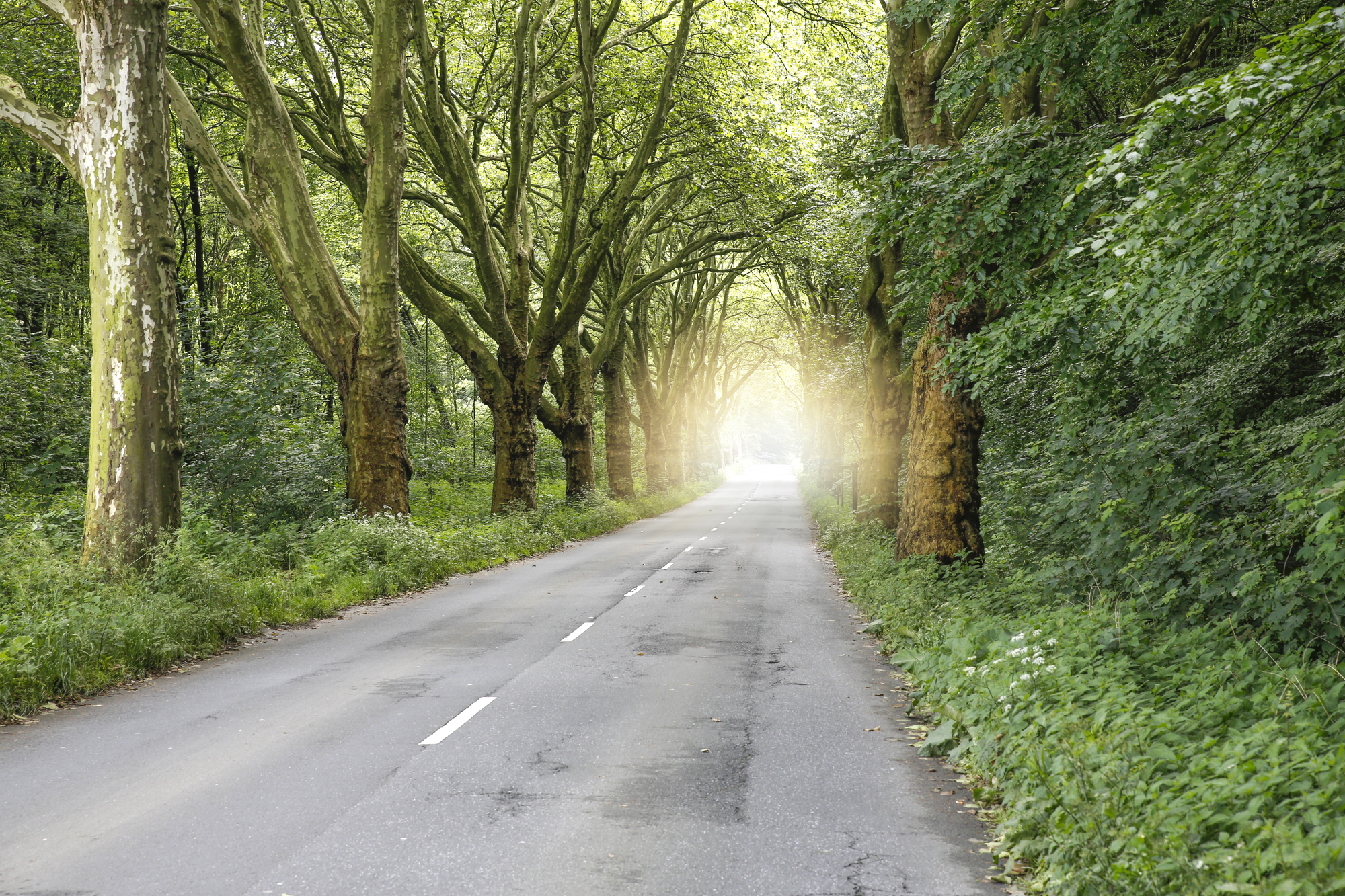
Buenos Aires boasts numerous tree-lined streets, but Avenida Alvear stands out for its massive London plane trees that create a continuous canopy over elegant mansions and luxury hotels. The trees were planted in the early 20th century as part of the city’s effort to emulate European boulevards.
Their broad leaves provide crucial shade during Buenos Aires’ hot summers while maintaining the street’s sophisticated European atmosphere.
Magnolia Lane, United States
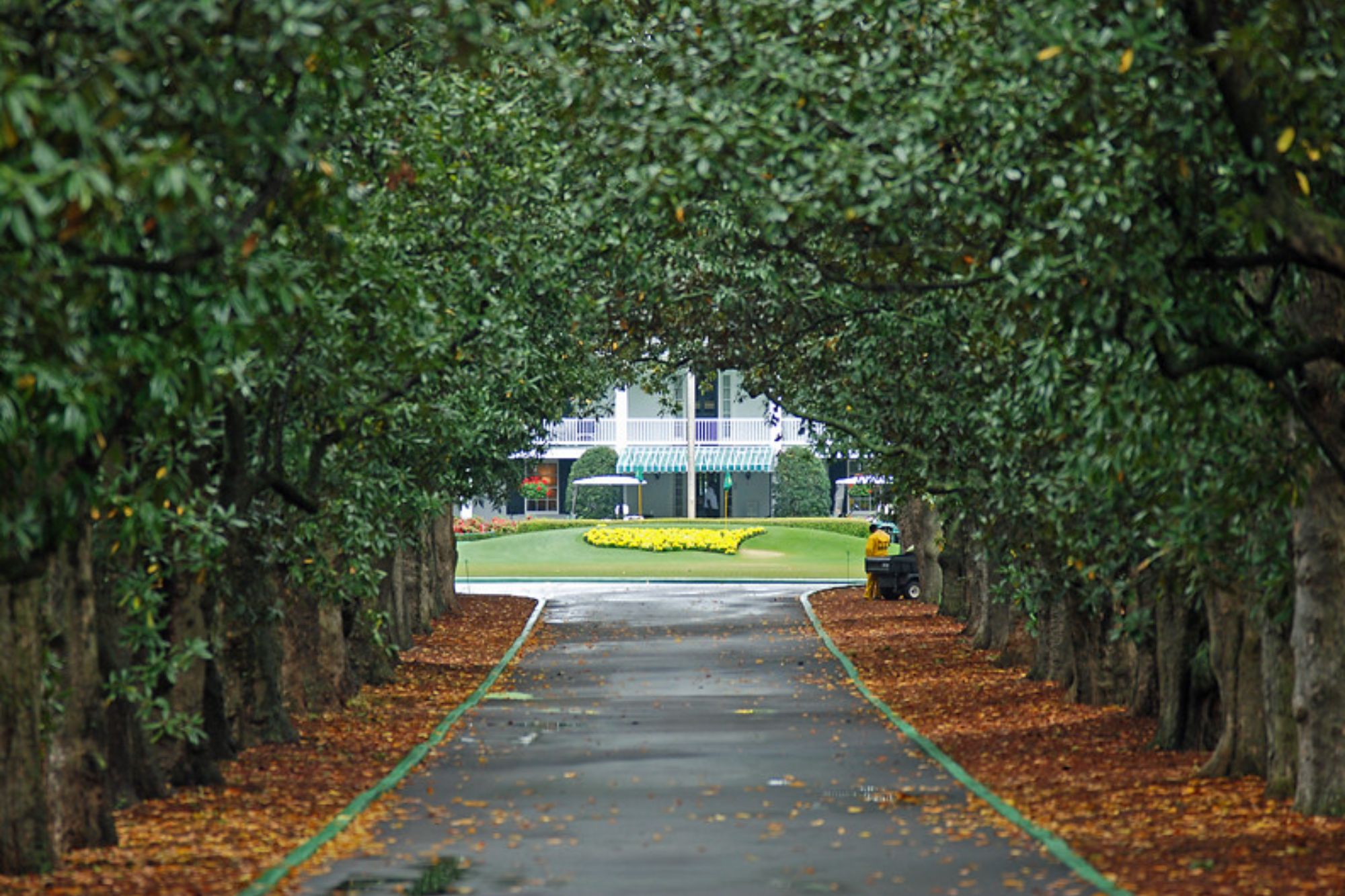
The approach to Augusta National Golf Club features an avenue of 65 magnolia trees that bloom spectacularly during the Masters Tournament each April. These Southern magnolias were planted in the 1850s as part of the original Fruitland Nurseries, long before golf came to the property.
The white blossoms and glossy green leaves create one of the sports’ most recognizable backdrops.
Champs-Élysées, France
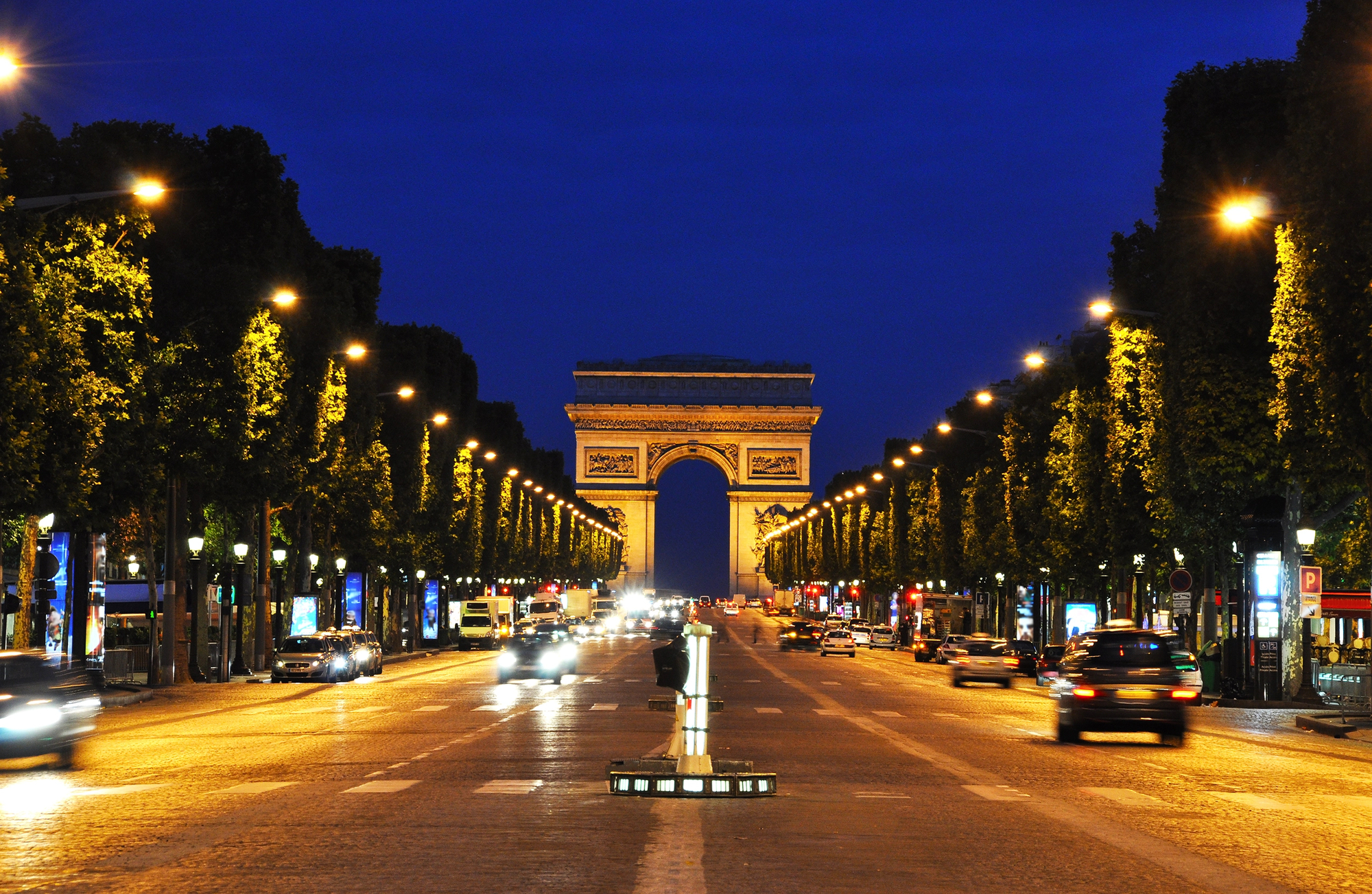
Paris’s most famous avenue owes much of its grandeur to the four rows of trees that line this historic thoroughfare from Place de la Concorde, to the Arc de Triomphe. The London plane trees are regularly pruned in the French style, creating geometric shapes that complement the boulevard’s formal architecture.
These trees have witnessed everything from Nazi parades to World Cup celebrations, remaining constant through France’s turbulent history.
Like Travel Pug’s content? Follow us on MSN.
Autumn Maple Corridor, South Korea
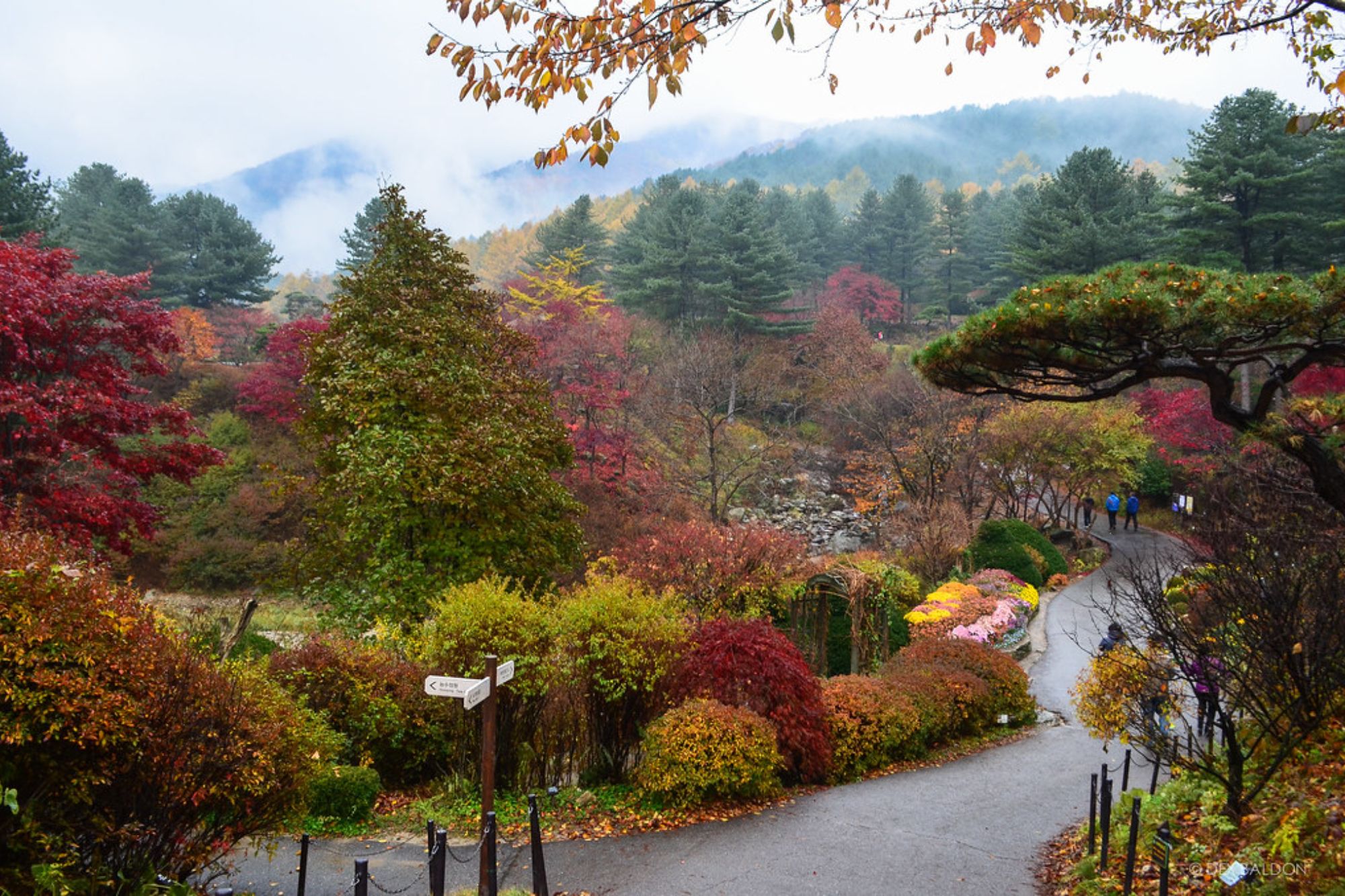
In Naejangsan National Park, a road lined with Korean maples creates one of Asia’s most spectacular autumn displays. The trees were planted decades ago to provide shade for hikers, but they’ve become the main attraction when their leaves turn brilliant red and gold each October.
Traffic slows to a crawl during peak foliage season as drivers stop to photograph the natural tunnel.
Rue de l’Orangerie, France
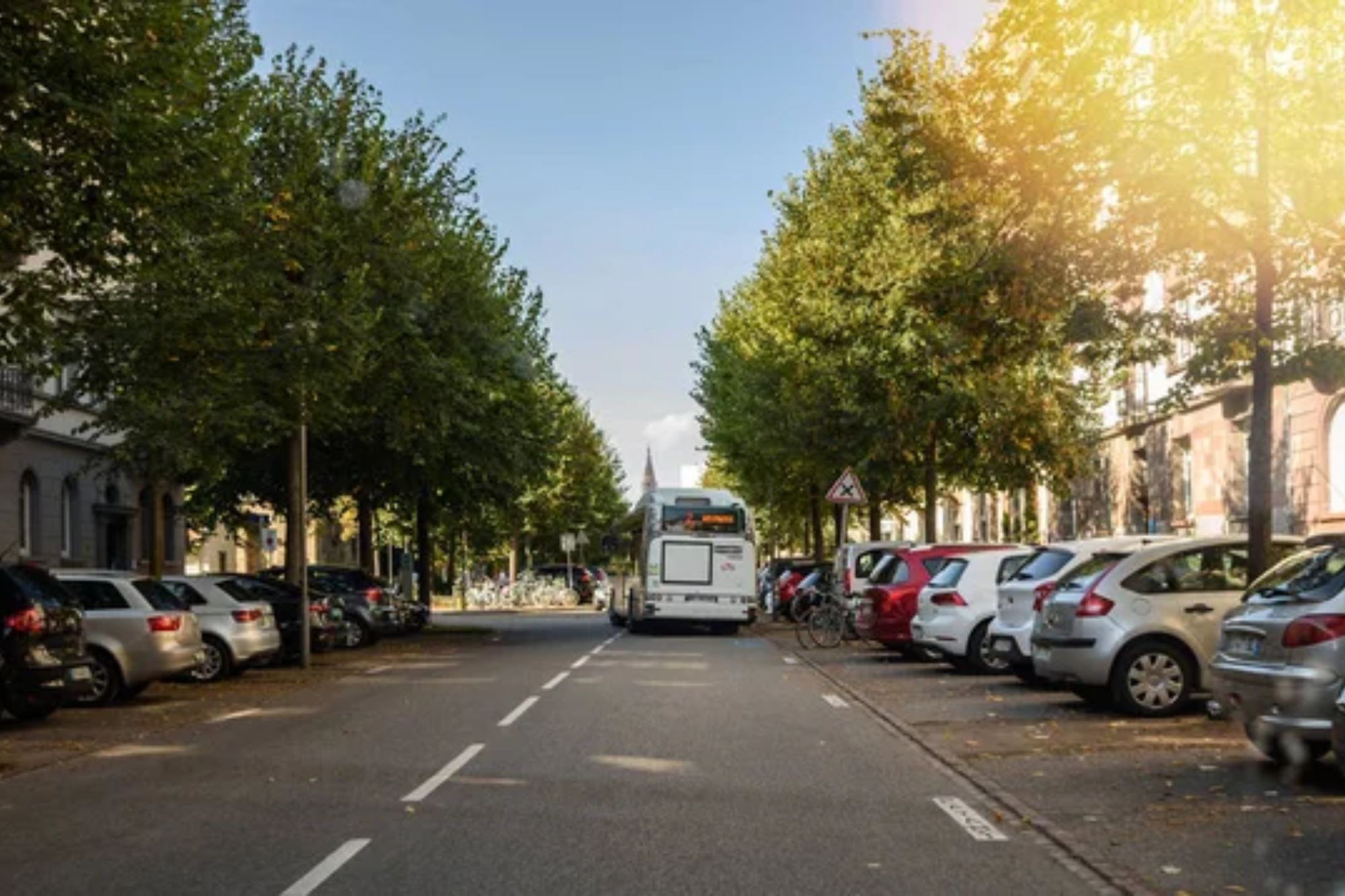
This narrow street in Versailles is lined with perfectly manicured orange trees in ornate planters, creating a formal garden atmosphere that matches the nearby palace grounds. The trees are moved indoors each winter to protect them from frost, a tradition that dates back to the Sun King’s obsession with citrus fruits.
Walking here feels like strolling through a living piece of French garden history.
Fitzroy Gardens Elm Avenue, Australia

Melbourne’s Fitzroy Gardens features several tree-lined paths, but the elm avenue stands out for its cathedral-like canopy created by English elms planted in the 1870s. These trees have survived Dutch elm disease and urban development to become some of Australia’s most significant exotic plantings.
The avenue leads to Captain Cook’s Cottage, creating a distinctly English atmosphere in the heart of Australia.
Like Travel Pug’s content? Follow us on MSN.
Street of Plane Trees, Spain
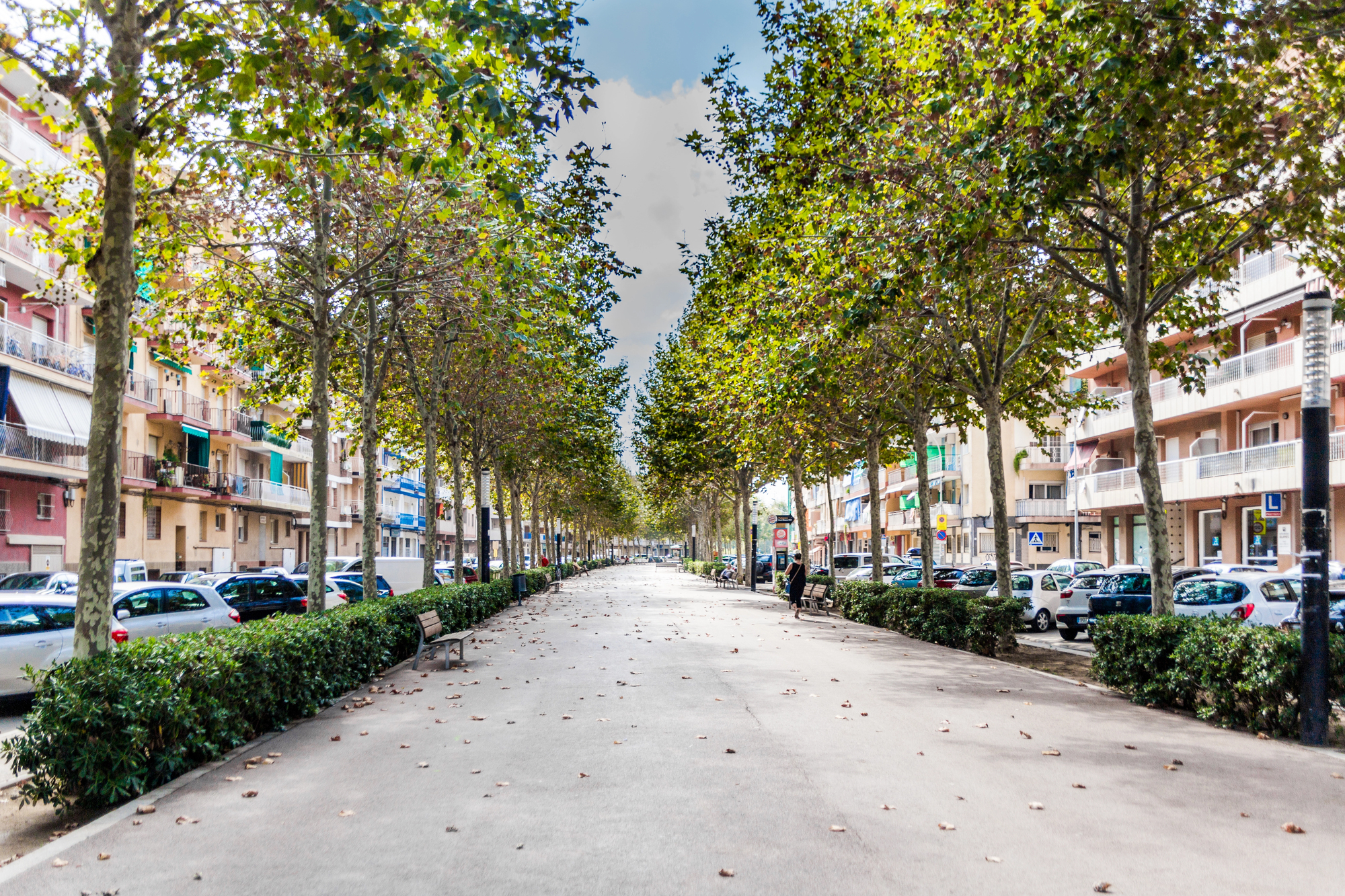
Seville’s Alameda de Hércules features ancient plane trees that have provided shade for over 400 years, making it one of Europe’s oldest public promenades. The trees were part of a 16th-century urban renewal project that transformed a swampy area into an elegant walking space.
Local families have gathered under these same trees for generations, creating a continuous thread of community life.
Baobab Avenue, Madagascar
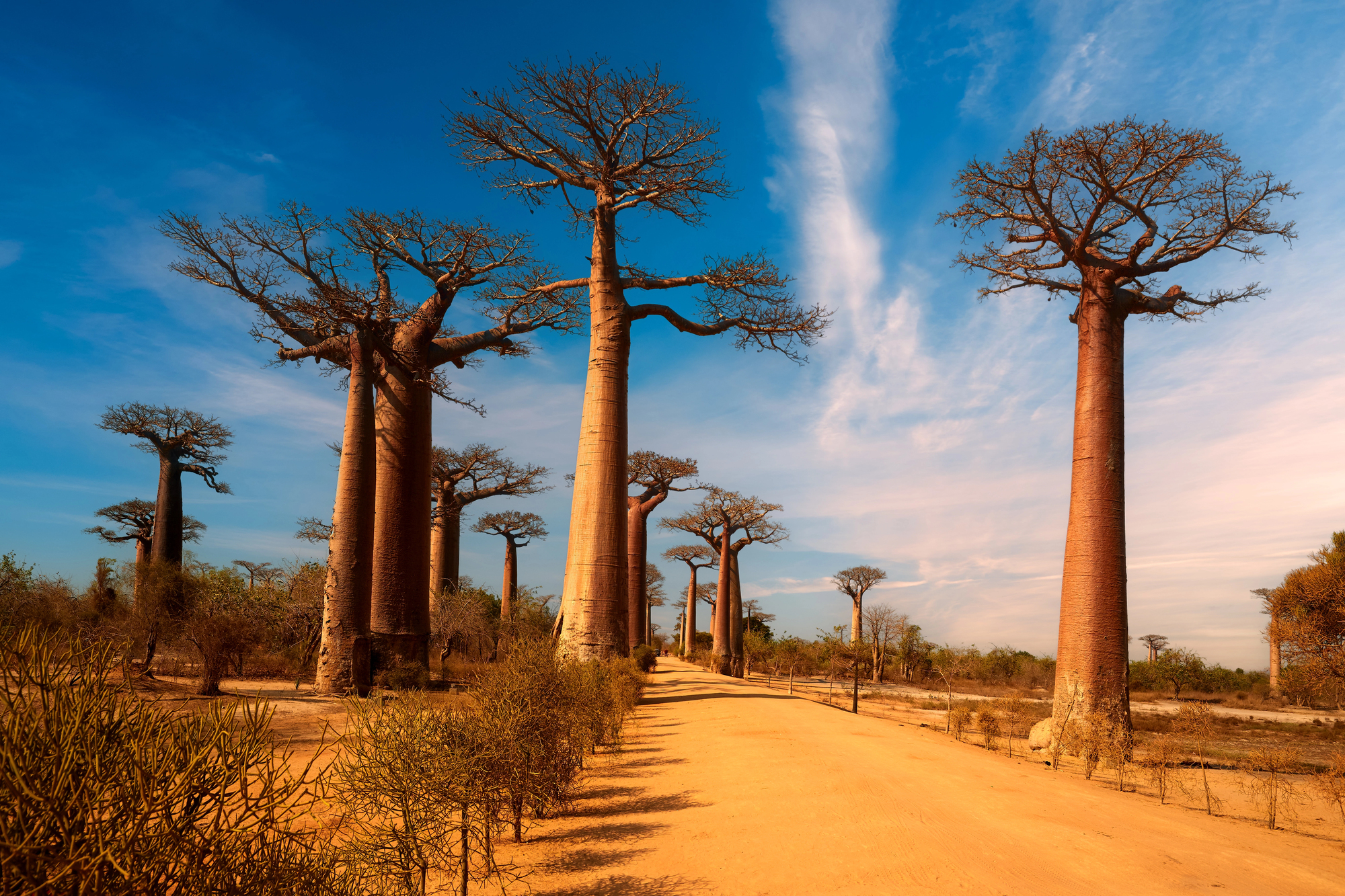
Near Morondava, a dirt road passes between massive baobab trees that have stood here for over 800 years. These ancient giants, some reaching heights of 100 feet, create one of Africa’s most iconic landscapes when silhouetted against Madagascar’s dramatic sunsets.
Local communities consider the trees sacred, and their protection has become a symbol of Madagascar’s conservation efforts.
Where Time Slows to a Stroll

These tree-lined streets remind us that the best urban planning happens when we plant for future generations rather than for immediate gratification. The shade we enjoy today came from seeds planted by people who knew they’d never live to see the full canopy, yet they planted them anyway.
In our rush toward digital everything, these living corridors offer something irreplaceable: the simple pleasure of walking slowly beneath trees that connect us to both the earth and the generations who came before us.
More from Travel Pug

- 20 Best Beach Towns in the Carolinas
- 13 Destinations Where Tourists Regularly Regret Their Trip
- 20 Destinations That Are More Magical Without an Itinerary
- 20 Underrated Adventures That Belong on Your Travel List
- 20 Cities Where You Should Just Wing It, No Planning Required
Like Travel Pug’s content? Follow us on MSN.
